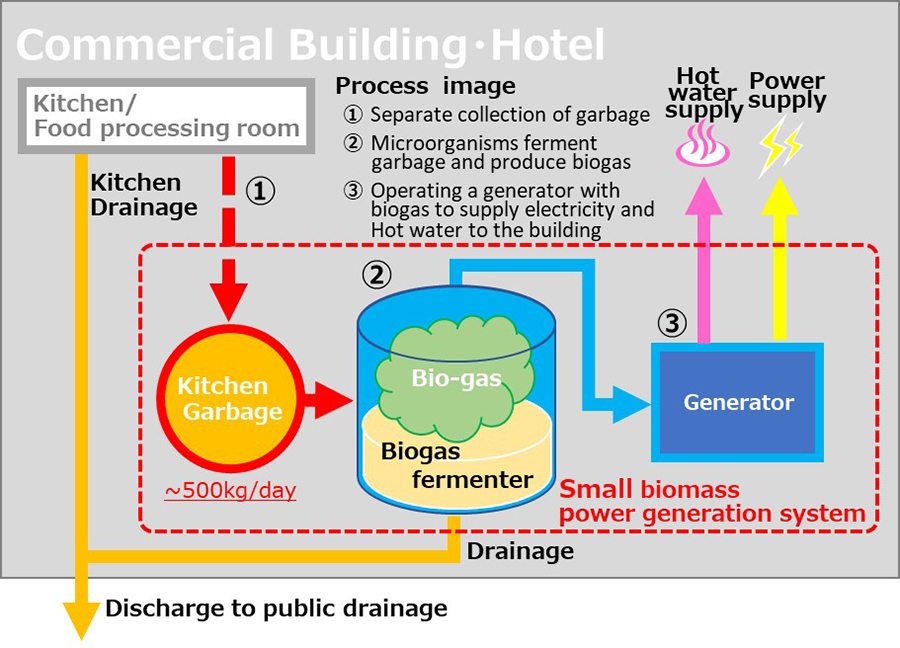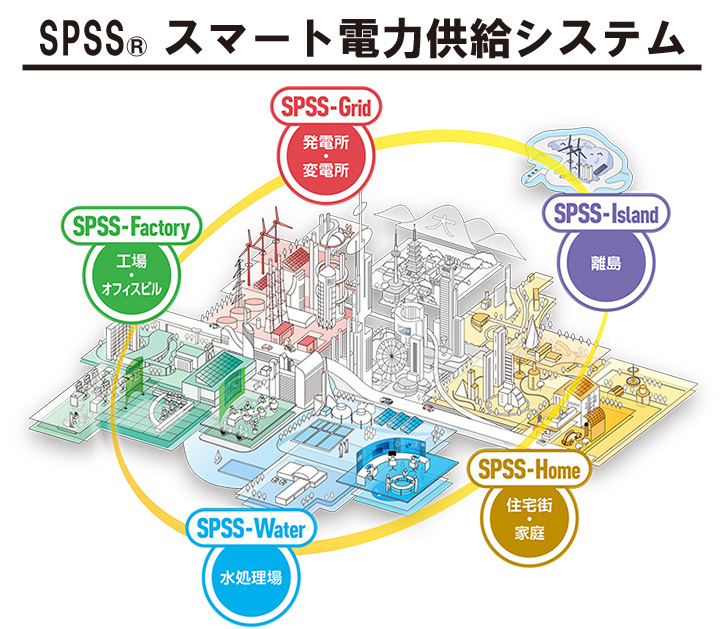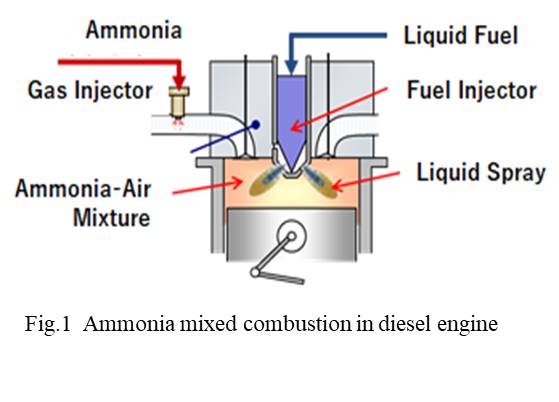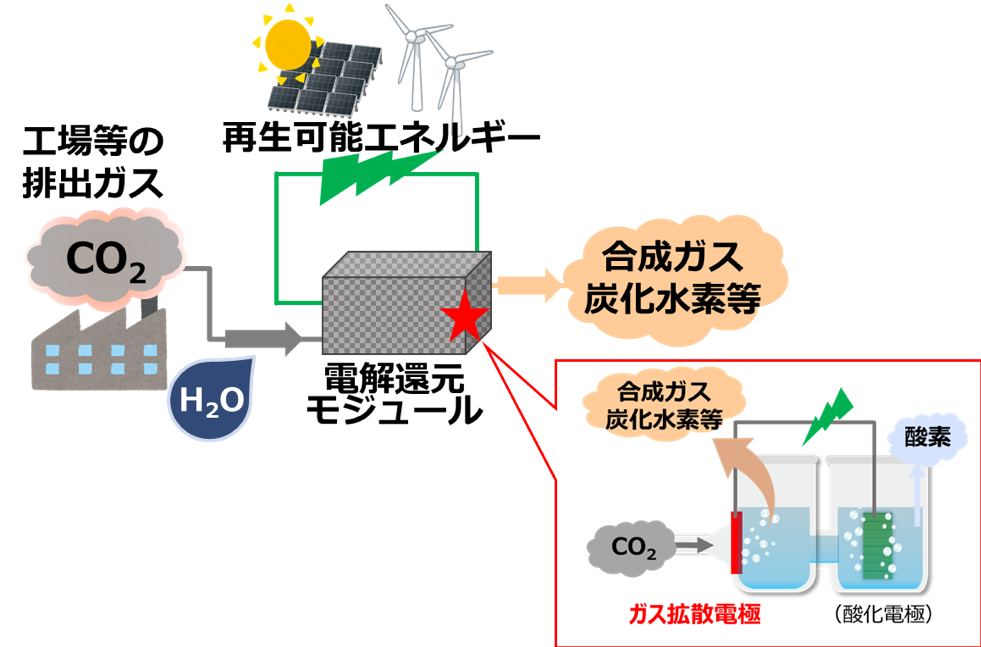Development of small biomass power generation system using food waste and challenge to use woody biomass
Hulic Co., Ltd.
Outline
Biomass utilization is one of Zero-emission technologies. Nowadays various technologies for biomass utilization are being developed and promoted by the public and private sectors. Biomass resources include woody biomass from forest thinning and sawmill scraps, as well as biomass composed of food waste from factories, business buildings and agriculture.
As a real estate developer, Hulic promotes environmentally friendly management to realize a low-carbon society and a recycling society. As part of this policy, in order to convert waste to energy, achieve zero emissions and save labor in facility operation, we will develop and implement a power and heat supply system using around 500 kg/ day food-based waste that is disposed from large commercial facilities and hotels.
For woody biomass utilization, we will also challenge to make an ideal circulation model for revitalizing forestry by utilization offcuts and thinned wood from the process of making large size wooden structure for buildings.
Description
There are few cases where biomass power generation systems using food waste are operated individually in non-residential buildings other than factories. In those cases, required amount of food waste is 2 to 3 tons to balance stable system operation and business feasibility.
For such current technology, small and medium-sized buildings, which account for the majority of non-residential building stock other than Japanese factories, generate a few hundreds of kilograms of food waste, making the current system is too big and not suitable.
Therefore, Hulic will develop a small food waste biomass power generation system to achieve zero emissions, energy saving, CO2 reduction and labor saving in facility operation for commercial buildings and hotels. And we aim to realize packaged production of this technologies to wide spread to the society.
Hulic is also considering the use of domestic timber for new buildings to reduce CO2 emissions during construction and activate the forest cycle. We will also try to build an ecosystem that can be used as a model to revitalize regions with forests by using offcuts generated during lumbering of wooden members necessary for building construction and thinned wood from forests.
■ Roadmap for realization
FY 2020 Start development: Research and analysis of existing technologies and related patents.
↓
FY 2022 Prototype production and demonstration experiment at off site.
↓
FY 2026~ Starting productization
■ System image
・ Collecting kitchen garbage and food waste in commercial buildings/ hotels
・ In a biogas fermenter, biogas (ex:methane gas) is generated from kitchen garbage and food waste by microorganisms
・ Drive small power generator by generated biogas for auxiliary power supply for the building itself
・ Use recovered waste heat from the generator for auxiliary heat source of hot water supply for the building itself
【Assumed benefits】
・ Reduce the amount of waste carried outside the building.
・ Since this system uses organic food waste as an energy source, it is possible to reduce the amount of CO2 generated from building power consumption from a viewpoint of carbon neutral.
・ Energy conversion of food waste within the building reduces the energy consumption of transport food waste from building to the waste treatment plant.
【Future】
・ By further downsizing, it will be possible to install it in apartment buildings and nursing homes
Similar Innovation Challenges
Achieving net zero carbon emissions from paint finishing processes
Taikisha Ltd.
Activities for reducing GHG of business operations in Nissin Electric Group
Nissin Electric Co., Ltd.








-1人工光合成技術.jpg?id=2&tid=759&imageNumber=1)